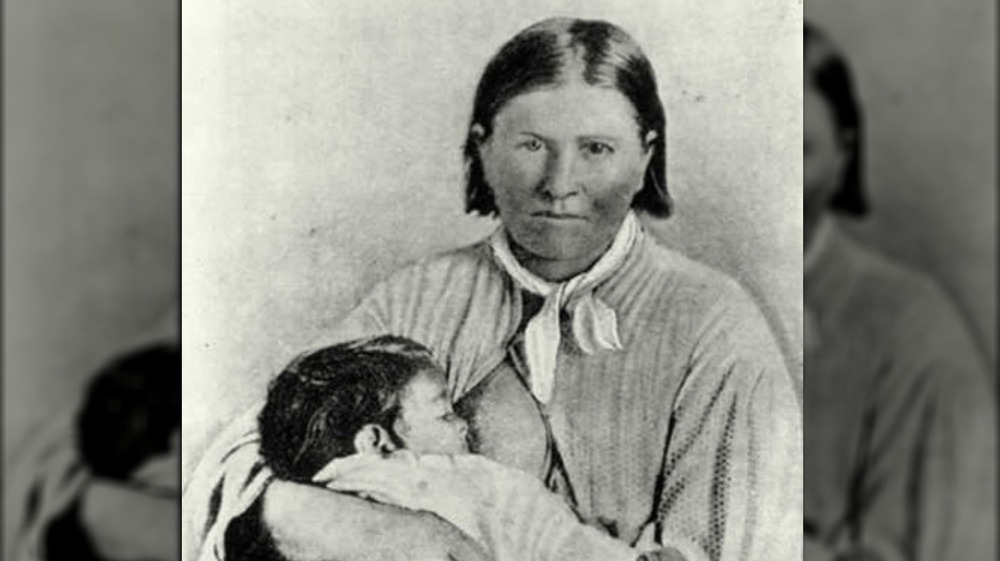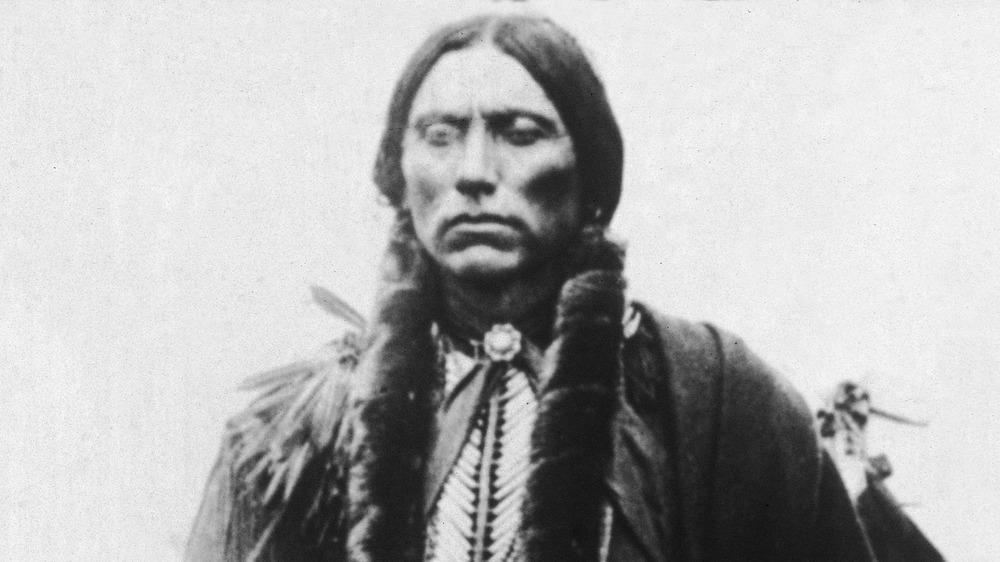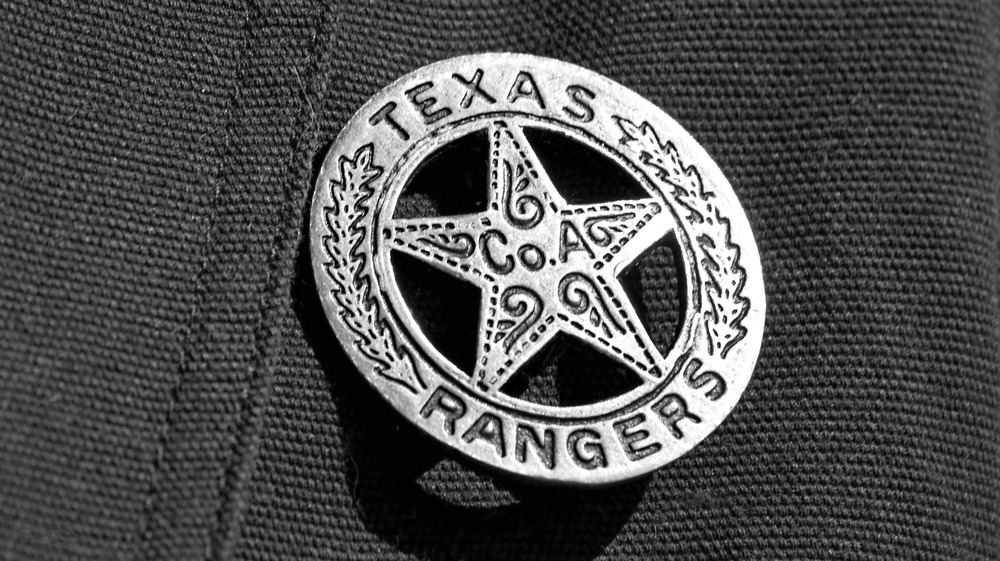Cynthia Ann Parker Didn't Want To Be 'Rescued' From The Comanche
For much of the 18th and 19th centuries, Native Americans and white settlers fought over land. From the time these groups made contact they were at constant battle with each other over territory. A common practice on both sides in these battles was the taking of captives.
One famous, and ultimately tragic, story of a captive on the American Frontier was that of Cynthia Ann Parker, a white Texan woman who spent years with the Comanche. Per History, Parker was likely about 9 or 10 years old when she was taken. Her family had relocated to Texas from Illinois to build Fort Parker, which is now a state park.
In May of 1836, the Comanche and several other Native tribes orchestrated a blitz against the Fort. Some members of Parker's family were killed in the attack, and the Comanche took her and a few others captive. Several were released afterwards, but Parker would remain with the Comanche for the next 25 years.
Endless Rescue Attempts and Escapes
At the start of her captivity, she suffered abuse and was kept in servitude, according to HistoryNet. A Comanche family later adopted and raised her, and she eventually spoke their language, adapted to the customs and traditions, and went by the name Naduah. She also married Comanche Chief, Peta Wanderer Peautachnoconne Nocona, or Peta Nocona. The couple would have three children together, most notably Quanah Parker (pictured above). By then she fully embraced the new culture in which she found herself.
Just a few years after her capture, an attempt was made to trade her back into the Anglo-American life she was once familiar with failed. As stated by the Texas State Historical Association, Indian agent and Texas Ranger Colonel Leonard Williams recounted to a newspaper in 1846 that he saw Parker with the Comanche. When he tried to get her to leave with him, she refused.
On a second attempt, Colonel Williams, with ransom this time, tried to convince the Comanche to release her, but again she refused. And it wasn't the tribe forcing her to stay. As Lone Star reports, she reportedly shut down any idea of leaving and reintegrating into white society. Other white traders, hunters, and Indian agents would report sightings of her. And despite every invitation they extended to Parker to leave, she never budged. As a wife and a mother, Parker stated she loved her family too much to leave.
Recaptured but not redjusted
Her husband, Nocona, was a chief, known for his raids, and she would sometimes travel with him, per History Net. In a retaliatory raid against him and the Comanche near the Pease River in December of 1860, Texas Rangers led by Captain Sullivan Ross attacked. Parker and her daughter were in the camp when it was attacked. Ross saw Parker and recognized that she was not like the rest, noting her blue eyes, and recaptured her. They eventually discovered that Parker had been kidnapped decades earlier and she was the relative of Isaac Parker, who identified her as his niece.
She was taken to live with her uncle in Birdville, Texas, but would make numerous attempts to escape and return to the Comanche. Despite Texas presenting her with a five-year pension, as well as land, Parker continued to try to escape and find her way back. She never saw her husband again and believed him to be dead. She tried living with her brother, and then a sister, but continued to miss the Comanche people she had grown to love. Parker reportedly never readjusted to life among the whites. She died in 1870.


